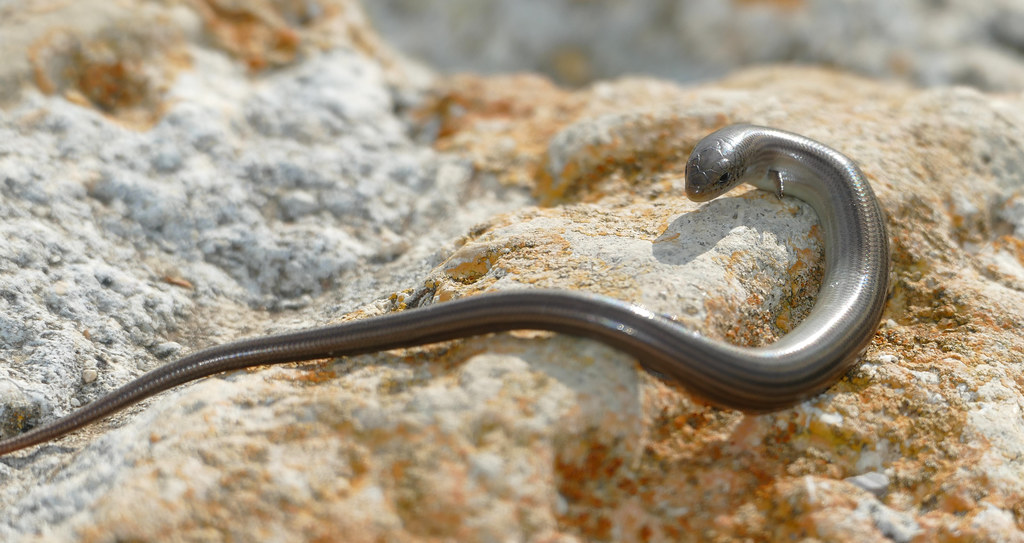Researchers at the University of Sydney report observing a three-toed skink (Saiphos equalis) lay eggs and give birth to live babies in the same litter. This is the first time a vertebrate has been witnessed doing so.

Three-toed skinks are one of the very few “bimodally reproductive” species we’ve ever found, animals in which some individuals lay eggs and others give birth to live offspring. But we’ve never seen one to do both. This world-first observation could help guide our research into the evolution of pregnancy.
Mixed approach
The lizard is native to the east coast of Australia. Individuals in the northern highlands of New South Wales typically birth live young, while those in and around Sydney lay eggs. Dr. Camilla Whittington at the University of Sydney reports on one of the lizards which lay three eggs and then weeks later give birth to a live baby from the same pregnancy.
“It is a very unusual discovery,” said Dr Camilla Whittington, from the School of Life and Environmental Sciences and Sydney School of Veterinary Science at the University of Sydney, the study’s lead author.
“We were studying the genetics of these skinks when we noticed one of the live-bearing females lay three eggs,” Dr Whittington said. “Several weeks later she gave birth to another baby. Seeing that baby was a very exciting moment!”
She quips that this finding makes the animal, which looks like a tiny snake with tinier legs, one of the “weirdest lizards in the world”.

Image via Wikimedia.
The team published their observations along with advanced microscopy of the egg-coverings (shells). They explain that the first vertebrates laid eggs, and that some evolved over thousands of years to hold the young inside their bodies as they developed. Eventually, the length of time they did so became longer and led to them giving birth to live offspring.
Mammals are typically associated with this type of reproduction, but there are many modern reptile species that give birth, from turtles and lizards to snakes, crocodiles, and dinosaurs.
However, finding an individual that can both lay eggs and give birth is truly an incredible find. The team likens it to a snapshot in the process of evolution, allowing us to better understand it in action. The team hopes that more research on this animal can help us determine how major reproductive leaps take place in nature.
“Put in the context of evolutionary biology, being able to switch between laying eggs and giving live birth could allow animals to hedge their bets according to environmental conditions,” Dr Whittington adds.
The paper “Facultative oviparity in a viviparous skink (Saiphos equalis)” has been published in the journal Biology Letters.









